Description
Danfoss EKC 361 Temperature Control Module
The Danfoss EKC 361 is a precision temperature controller tailored for industrial refrigeration systems where maintaining exact conditions matters. You’ll find this module particularly useful in cold storage facilities, food processing lines, or anywhere needing tight temperature regulation—think ±0.25°C accuracy. Its ability to manage humidity levels and reduce product dry loss makes it a workhorse in environments where temperature fluctuations can’t be tolerated.
| Specification | Details |
|---|---|
| Manufacturer | Danfoss |
| Model Number | EKC 361 |
| Product Type | Temperature Control Module |
| Operating Voltage | 24 VAC ±15%, 50/60 Hz |
| Power Consumption | Controller: 5 VA, CVQ Valve: 75 VA |
| Input Signals | 4-20 mA / 0-20 mA current signal + external switch input |
| Sensor Inputs | 2 x PT1000 Ohm Sensors |
| Relay Outputs | 2 x SPST (AC-1: 4 A) |
| Alarm Output | 1 x SPST (AC-15: 3 A) |
| Mounting Type | DIN Rail Mounting |
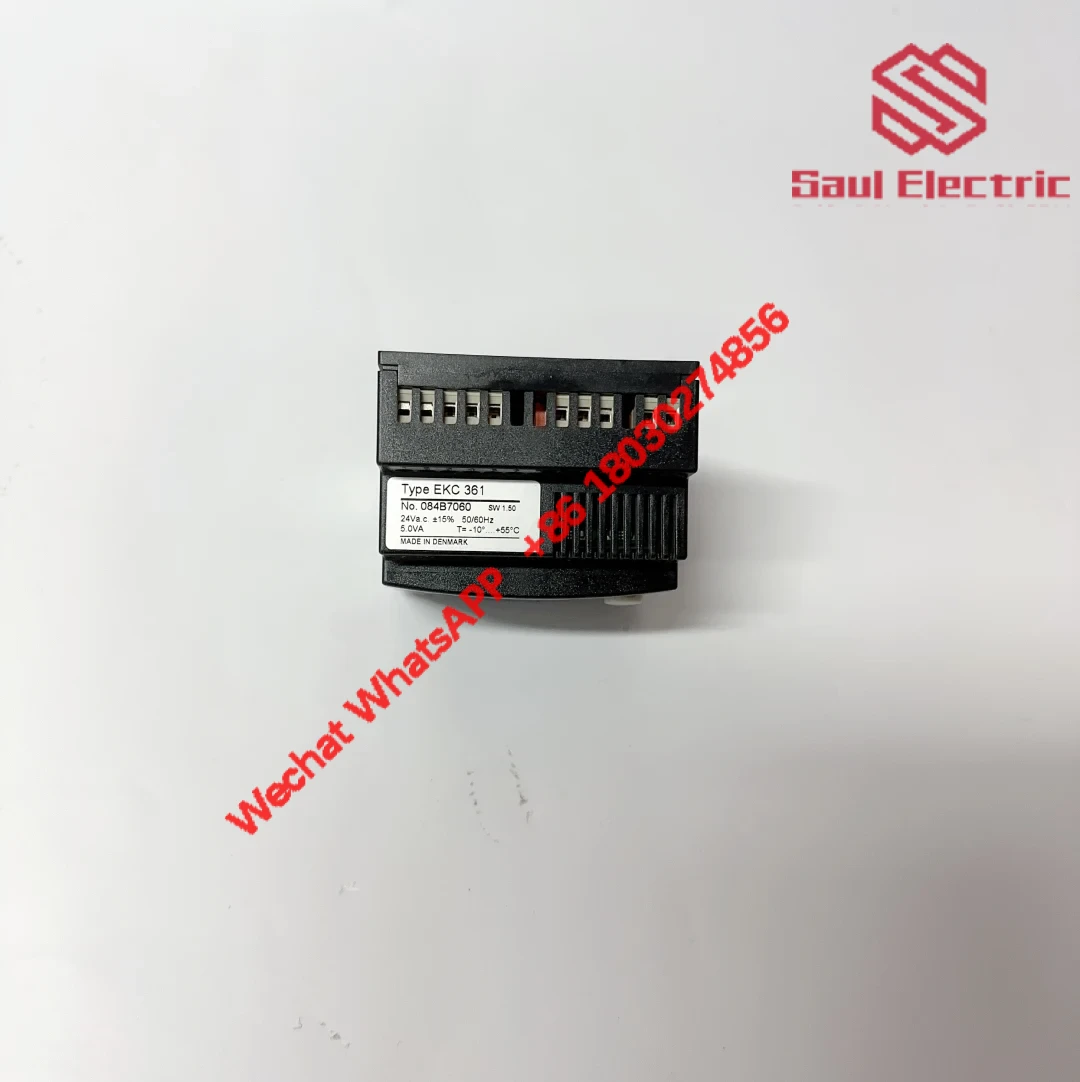
Designed for industrial cooling systems, this module shines in applications like meat processing plants where humidity control prevents product dehydration, or in pharmaceutical cold storage where temperature deviations risk inventory integrity. We’ve seen it deployed with Danfoss CVQ pilot valves and PM3 main valves, creating seamless refrigerant flow modulation setups. Typical installations include walk-in freezers, blast chillers, and liquid cooling systems for manufacturing processes.
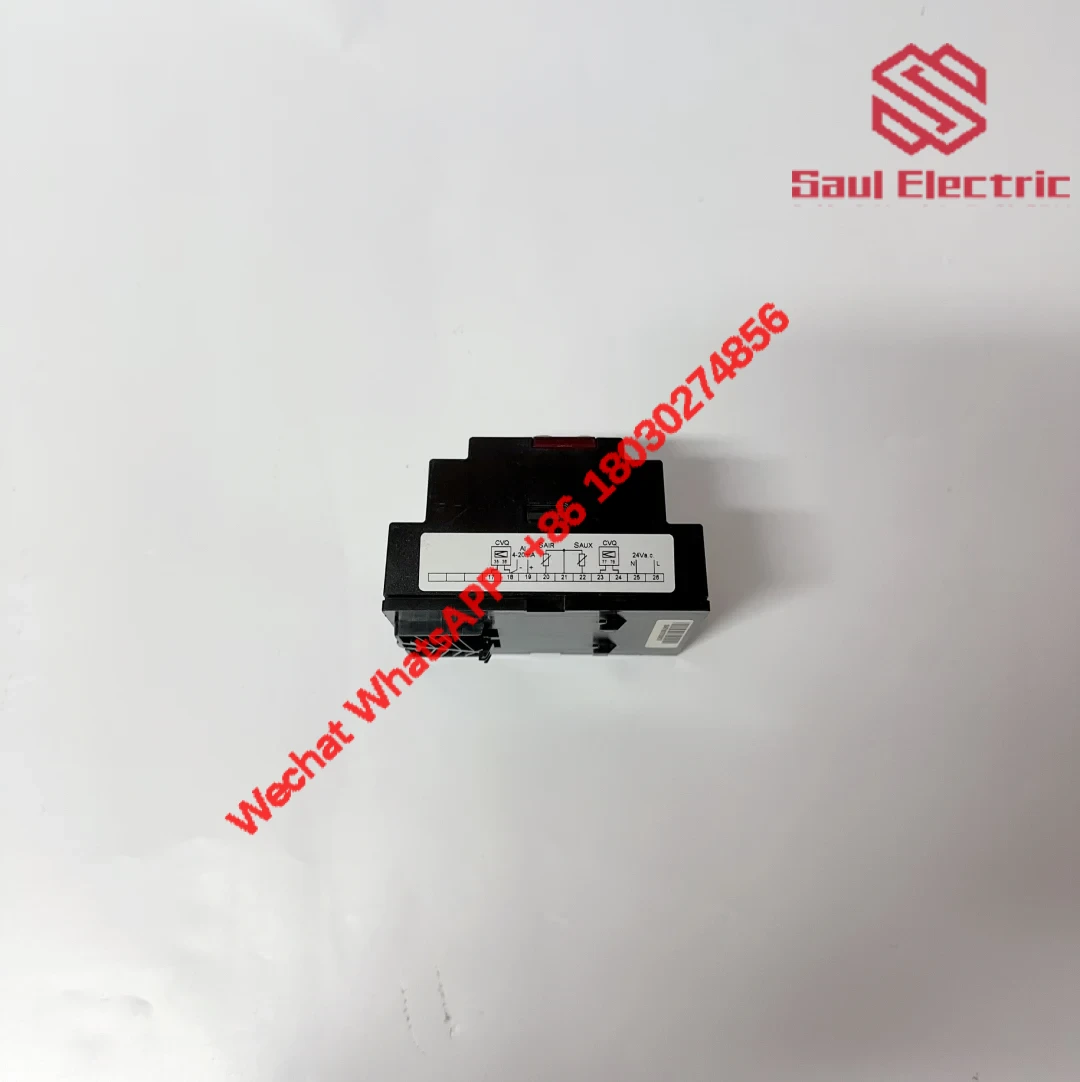
What sets the EKC 361 apart is its adaptive control logic. The PID algorithm automatically adjusts evaporator temperatures to maintain stable humidity—critical for cold storage operators battling frost formation. You’ll appreciate the multiple cooling profiles: choose rapid cooling for batch processes, gradual cooling for sensitive materials, or fine-tuned stabilization for lab environments. The P0 evaporator temperature limit function acts as a safety net, preventing coil freeze-ups during low-load conditions.
The module integrates smoothly with larger control systems through optional data communication modules. While basic setups use standard relay outputs for fan/solenoid control, tech-savvy users can leverage the 4-20 mA signal output for remote monitoring via SCADA systems. Setup feels intuitive thanks to programmable parameters and visual alarm indicators—though beginners might need the manual handy for initial configuration.
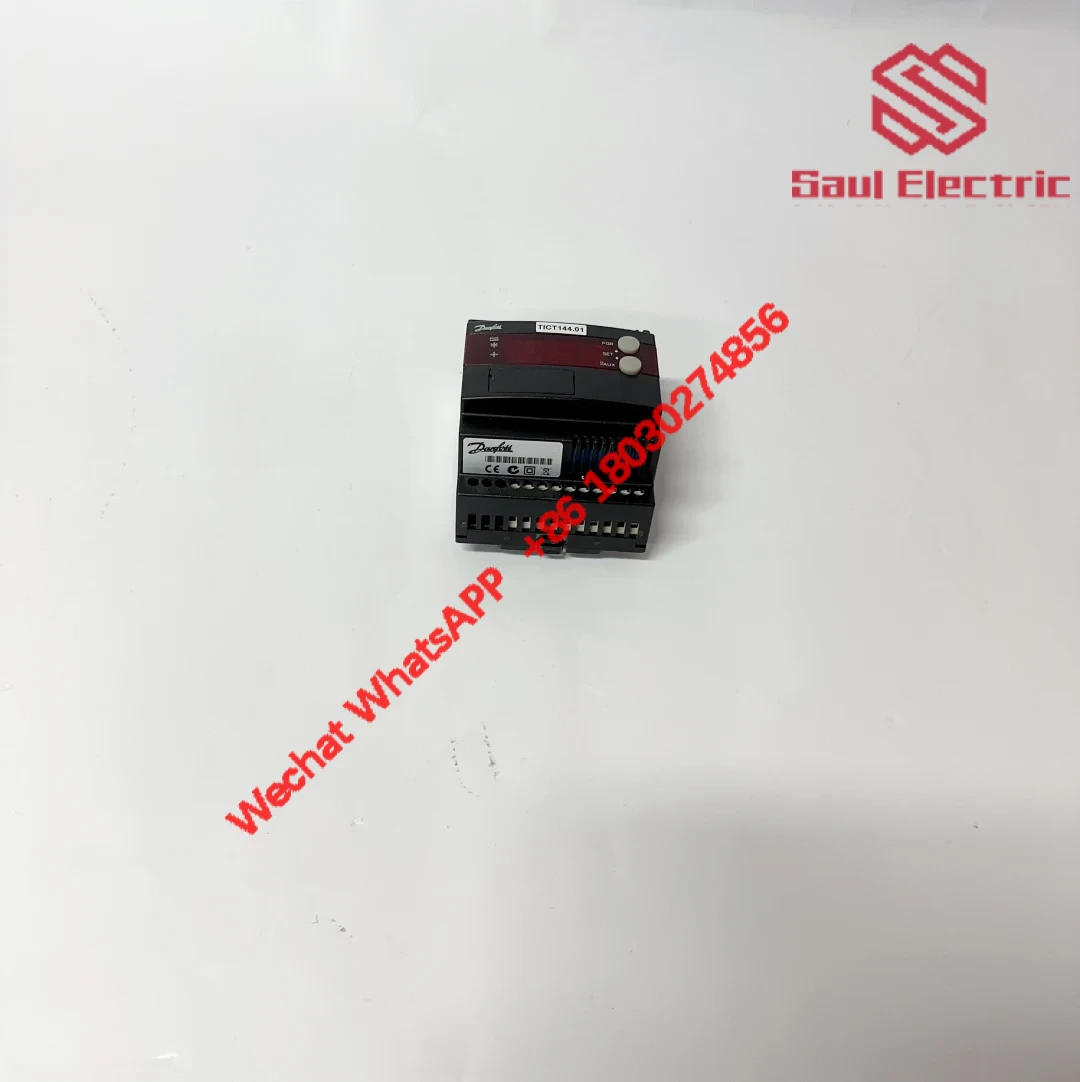




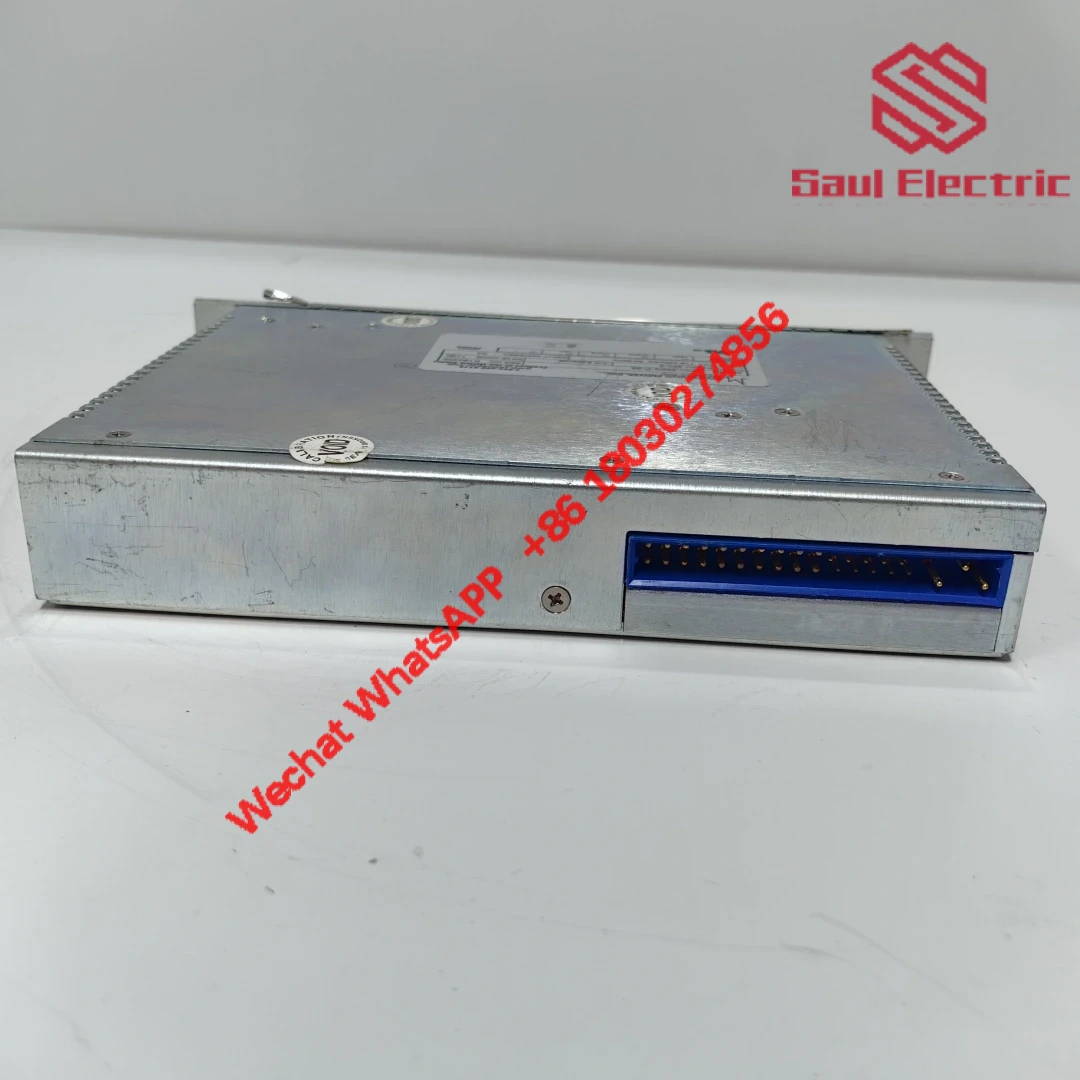
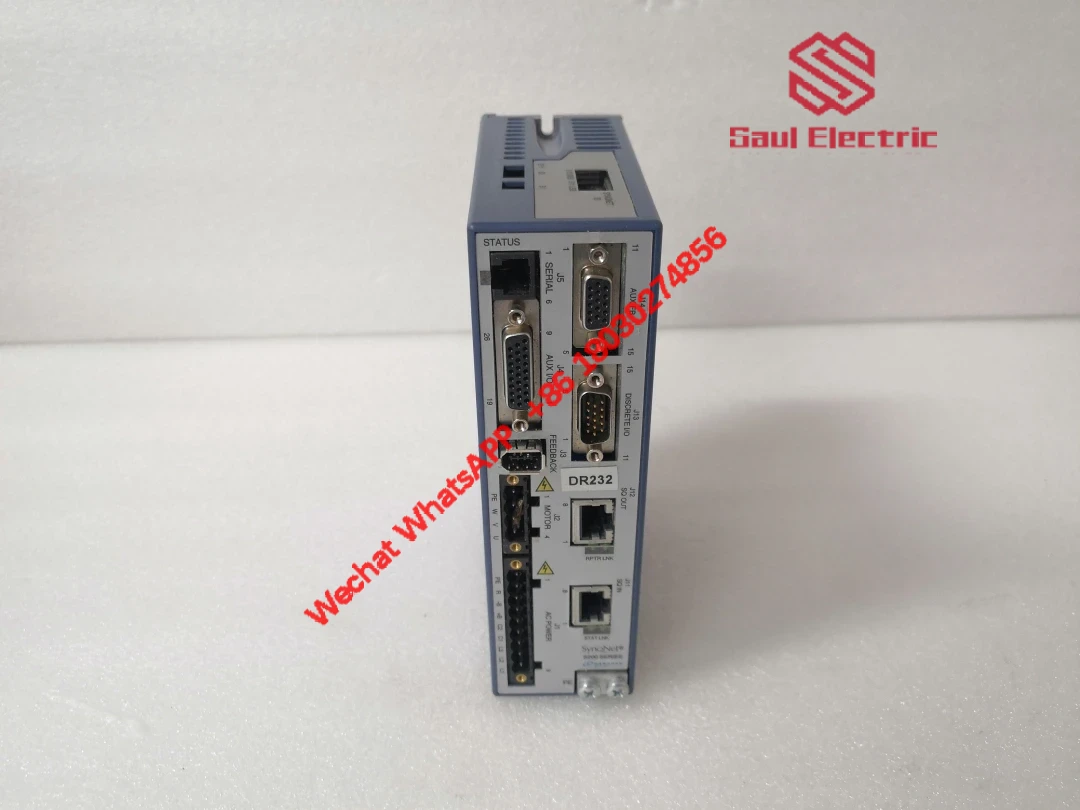

Reviews
There are no reviews yet.